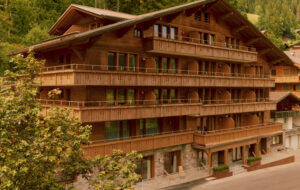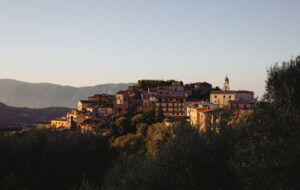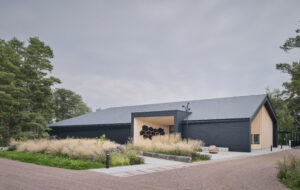|
|
||
|
Patrick Keiller completes his Robinson trilogy on a despairing note Acclaimed British filmmaker Patrick Keiller’s new film Robinson in Ruins concerns itself with the thoughts of the eponymous researcher as he drifts around the landscape of 21st-century England on a mission to “ensure the survival of life on Earth”. Of all the artists and writers one might tenuously group together as London Psychogeographers, such as Iain Sinclair, Peter Ackroyd, or even Will Self, Keiller is the one whose work is most ambitious and unique. His previous “Robinson” films, London (1994) and Robinson in Space (1997) were characterised technically by their long static shots and voiceover narration, and thematically by their intellectual fervour, their left-wing politics, their sense of yearning and their melancholy humour. Over images of landscapes both urban and rural, captured with a brilliant eye for the inaesthetic, Keiller draped the story of the journeys of Robinson, who is never seen or heard, and his friend and erstwhile lover “the Narrator”.
“Robinson in Ruins” continues in this vein, but is noticeably darker in tone and subject than before. Where London railed against the Tories of the early 90s and their neglect and rejection of the city, and Robinson in Space studied the peculiar landscapes of neoliberal capitalism that the New Labour government was about to inherit, Robinson in Ruins is set against a backdrop of collapse. Coinciding with the 2008 banking crisis, and the increasingly apocalyptic warnings of climate science, the film might be best understood through its early quotation from Fredric Jameson’s Seeds of Time:”It seems easier for us today to imagine the thoroughgoing deterioration of the earth and of nature than the breakdown of late capitalism.” In a sense the entire film is an attempt to confront this inability, as over the course of Robinson’s journeys capitalism both does and does not collapse, and life goes on even in the face of “irreversible disaster”. The original narrator, the mellifluous voiced Paul Scofield, died in 2008. His replacement is Vanessa Redgrave who plays Scofield’s bereaved lover and colleague. The ghostly Robinson’s travels take him around south-east England, examining agricultural landscapes, military bases, and energy infrastructure. He visits sites connected to the wars in Iraq and Afghanistan, ponders mutualism while staring at combine harvesters and drifts towards the historically resonant spaces where English capitalism was born through land enclosure and the failed revolts against it. Robinson does encounter a variety of ruins, but ruination here functions not only as a metaphor and warning of impending disaster, but also as the trace of historical events, through which Robinson hopes to see into the future and avert catastrophe. The way in which the films have become more didactic are exemplified by their musical soundtracks. The urban romanticism of London was accompanied by Beethoven’s exquisite Heiliger Dankgesang string quartet, while Robinson in Space played to Hans Eisler’s harsh music for Brecht’s film Kuhle Wampe. Robinson in Ruins unfolds in silence, accompanied by nothing but the sounds of birds and machinery. This silence, combined with the lack of banter and poetry, the more obviously picturesque aesthetic and some shots of extraneous length, mean that the film lacks much of what was endearing about its forebears. But the breadth and intelligence of the ideas, the sly wit, the ability to uncover hidden links between such seemingly disparate historical fragments, the genuinely despairing mood and the glimmer of hope that a new industry and urbanism might rise in the ruins of our near future, make this an important work from one of our most underrated artists. Robinson in Ruins. Directed by Patrick Keiller. |
Words Douglas Murphy |
|
|
||
|
|
||




















